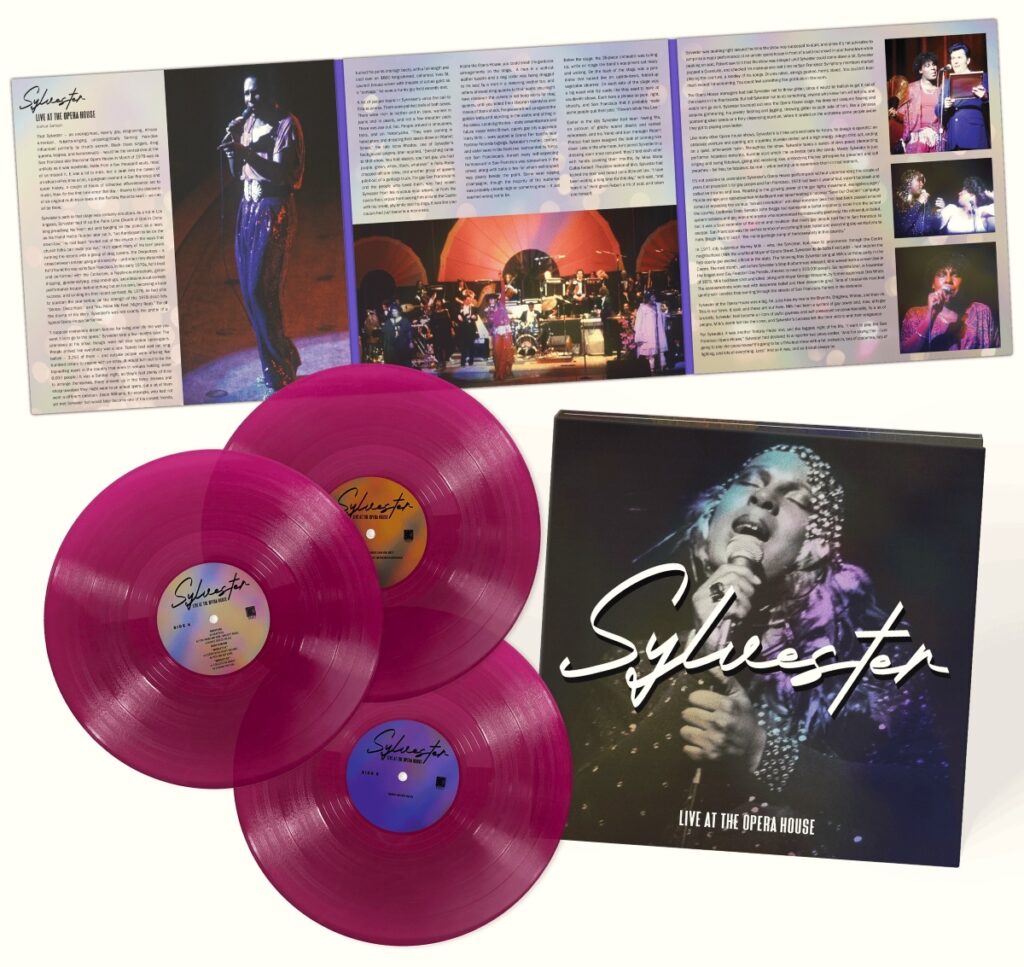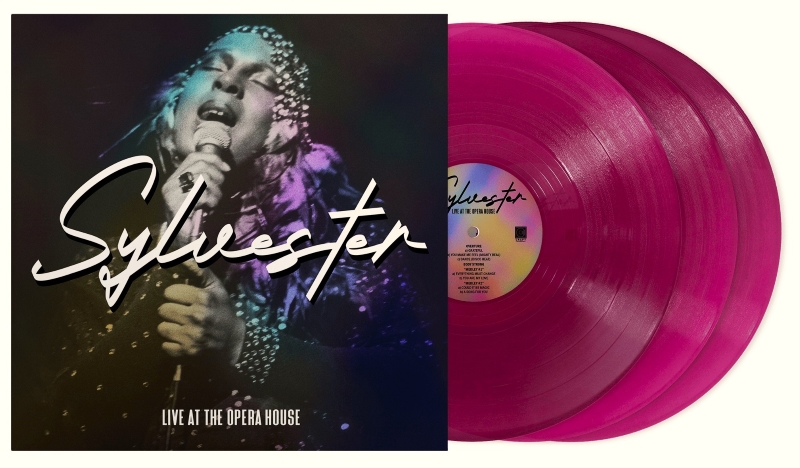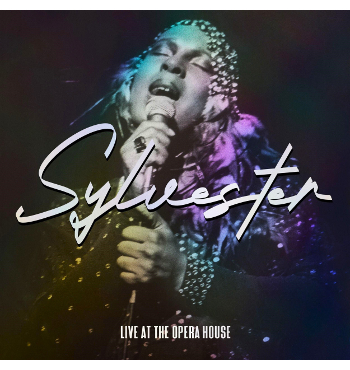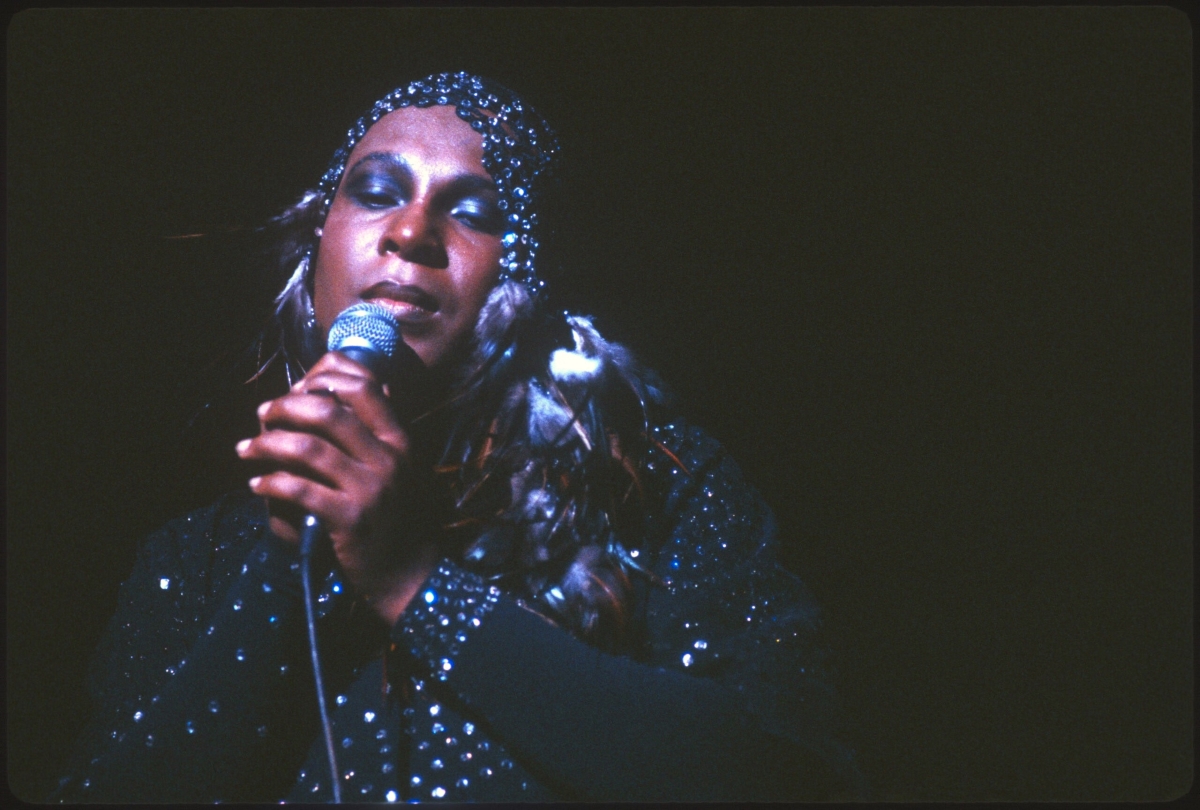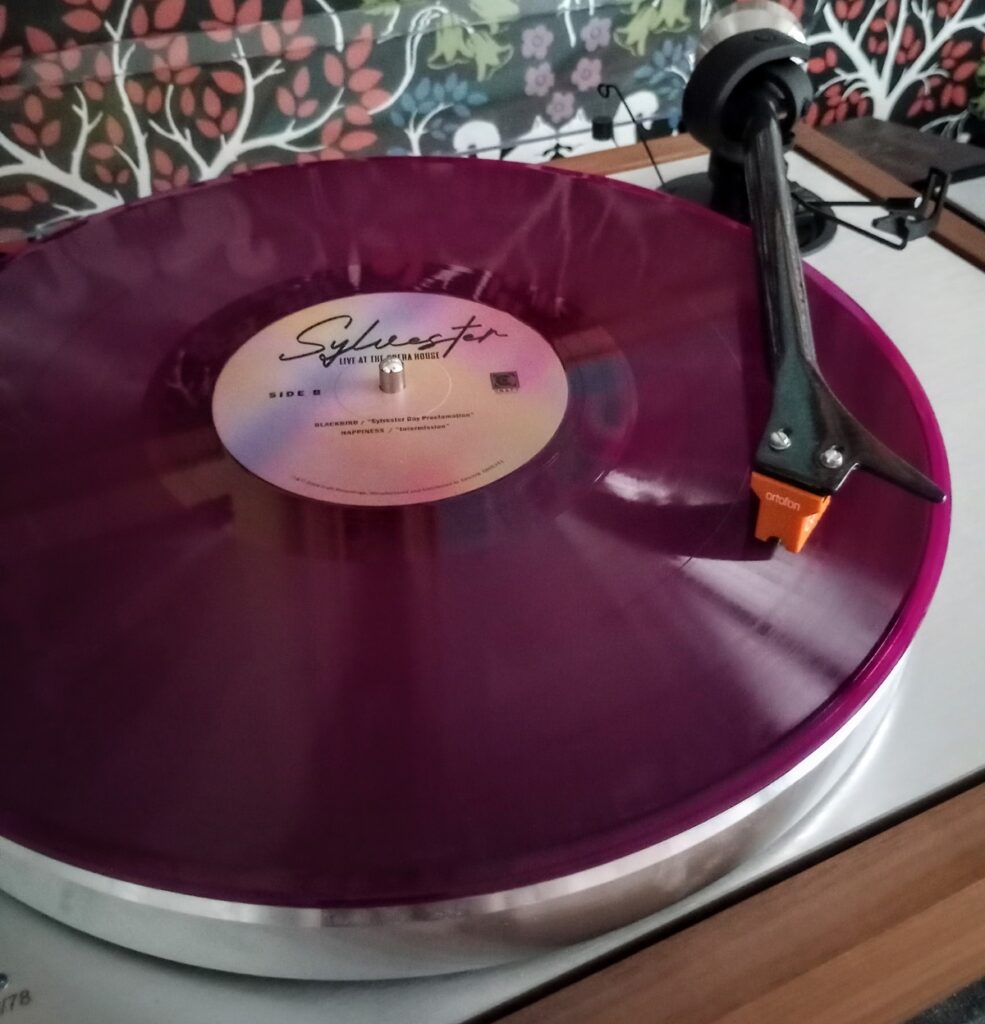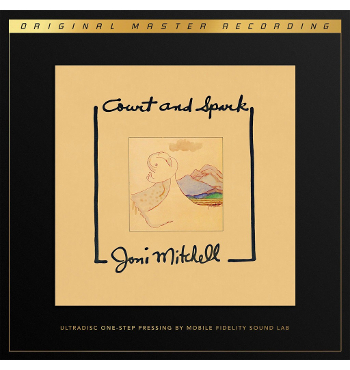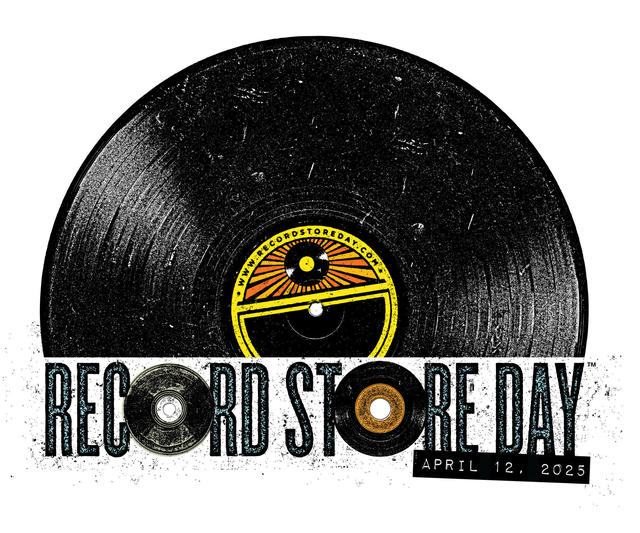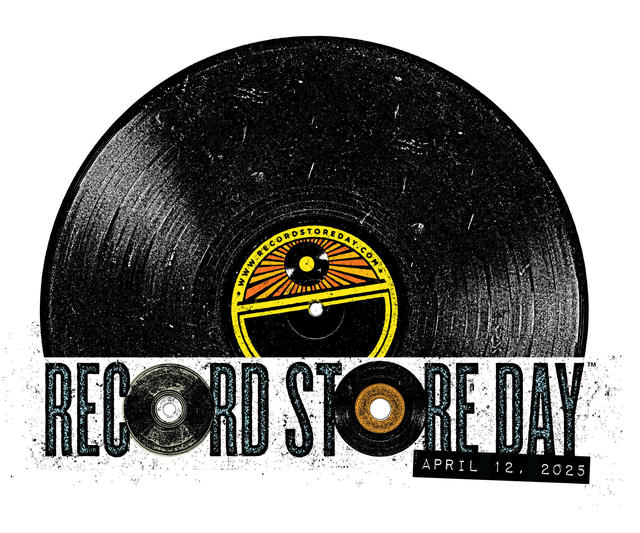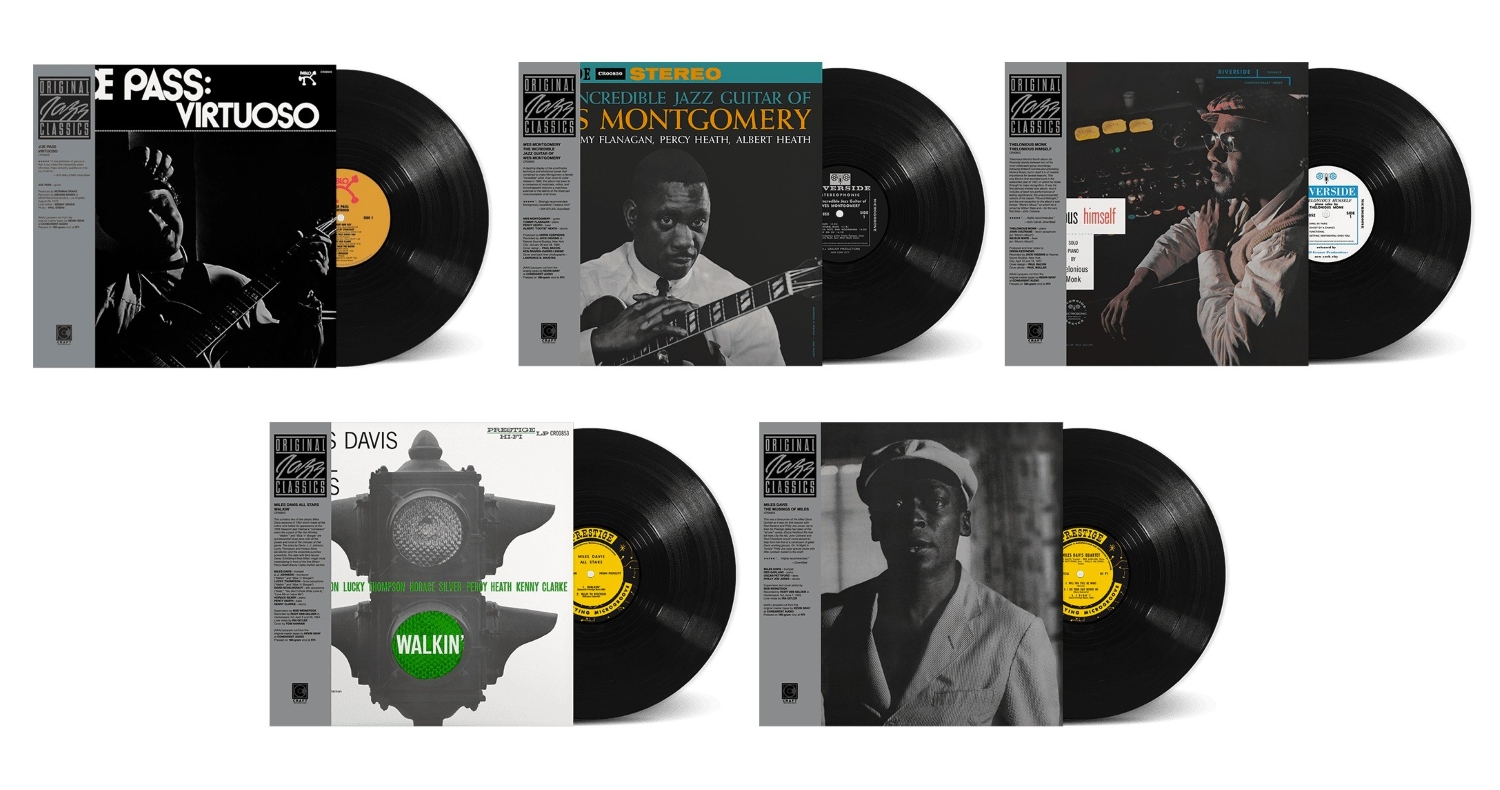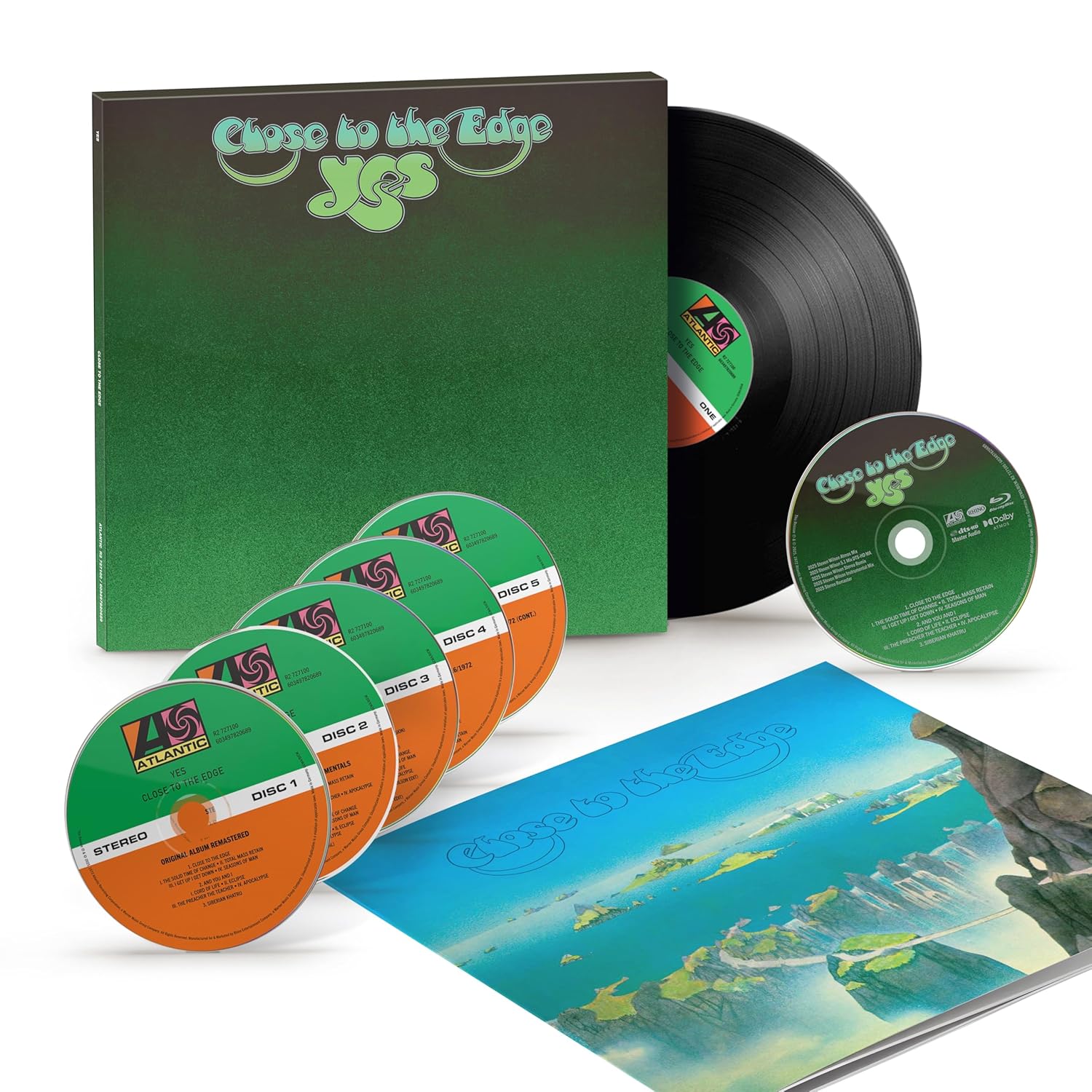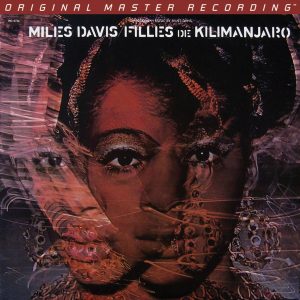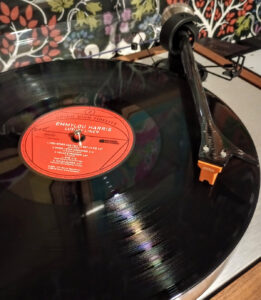When singer, songwriter, disco diva, and queer icon Sylvester walked onto the stage of San Francisco's War Memorial Opera House on March 11, 1979, it would prove to be not only an important pinnacle in his all too brief career, but also a historic moment for the city's LGBTQ+ community. The evening would become a career-defining moment for the artist, but it also served as a respite of much-needed relief and release for a traumatized San Francisco queer community that had collectively suffered from a violent backlash following the high-profile assassination of Harvey Milk, who was California's first openly gay elected official. The War Memorial Opera House concert was undeniably a cultural and artistic triumph for Sylvester, and a touchstone of disco and dance music that came at the genre's absolute apex. As his biographer, Joshua Gamson noted, "For gay San Franciscans and the people who loved them, who had known Sylvester from his raucous local shows, or from the dance floor, or just from seeing him around the Castro with his broad, shy smile and his dogs, it was like your cousin had just become a movie star." He adds, "Almost every self-respecting homosexual in San Francisco was somewhere in the crowd." Which also included local dignitaries like future San Francisco mayor Willie Brown and city supervisor Harry Britt, who midway through the proceedings presented Sylvester with a proclamation from then mayor Diane Feinstein and a key to the city. Now that's what I call love!
Craft Recordings has just released Sylvester's complete concert in a new multi-disc set, Live at the Opera House, marking the first time ever it's been available in its entirety in any format. The only previous release of any of the concert material came in the form of a single, heavily truncated live LP, 1979's Living Proof (Fantasy Records). Craft's new Live at the Opera House is available as a three-LP deluxe version that features opulent translucent purple LPs; it's also being offered on a pair of compact discs. Digital downloads of varying resolutions are available for purchase and streaming on most online services.
I received the three LP set of Live at the Opera House for evaluation; it's a truly outstanding and beautifully realized album package. The new set was mixed from the original analog tapes by Seth Presant at The Village, and remastering was done by Paul Blakemore at Concord Studios (both in Los Angeles). The three gorgeous LPs were pressed on über cool 140-gram translucent purple vinyl at Memphis Record Pressing (MRP) in Memphis, Tennessee. Live at the Opera House features a beautiful gatefold outer jacket with an additional panel to accommodate the three LPs; the jacket's front cover features a concert image of the artist overlaid with Sylvester's heavily embossed signature logo type to splendid effect. Rare photos from the evening abound both inside and out, and the inner spread features a wonderful essay from Joshua Gamson that details the events of the evening. Art direction and design for the project were handled by Carrie Smith, and Live at the Opera House was produced for release by Craig DeGraff. You can order a copy from Craft Recordings' web store HERE, and it's also available at a variety of online retailers, brick and mortar stores, or your local independent record store.
Sylvester: Live at the Opera House, (3) 140 Gram Translucent Purple LPs, $65 MSRP
Sylvester James Jr. was born into a middle-class family in the Watts district of Los Angeles, where from an early age, he developed a love of singing in the Pentecostal church his family attended. He never made any effort to conceal his sexual orientation, and left the church after they expressed their disapproval over his flamboyant behavior. Sylvester left LA, and upon relocating to San Francisco, he wholeheartedly embraced the city's flourishing gay counterculture. He also joined an avant-garde drag troupe known as the Cockettes, where he gained an appreciation of classic jazz and blues singers like Billie Holiday and Josephine Baker. During the Cockettes unsuccessful tour of New York, Sylvester split to form his own group, Sylvester and the Hot Band. After a pair of commercially underperforming albums on the Blue Thumb label, the Hot Band also called it quits.
Sylvester returned to San Francisco, where he signed to Fantasy Records to concentrate on a solo career. Somewhere around that point, he also started monosyllabically identifying as simply Sylvester. He enlisted a pair of amazing backup singers, Martha Wash and Izora Rhodes, who called themselves Two Tons O'Fun (and who would later find fame with the song "It's Raining Men" as The Weather Girls). Sylvester then recorded two successful albums, 1977's Sylvester and its followup, 1978's Step II. The more disco-oriented second album was not only critically acclaimed, but also spawned a pair of successful singles, "You Make Me Feel (Mighty Real)" and the dance floor anthem, "Dance (Disco Heat)." His rising popularity was such that Sylvester was lovingly given the nickname "Queen of Disco" by local San Franciscans. Between Fantasy and later Megatone Records, he recorded eight additional albums, with his final album being released in 1986. Tragically, that was at the point when the AIDs outbreak was in full crisis mode; Sylvester also fell victim to the epidemic, dying from AIDs-related complications in 1988. He was only 41 years old.
In 1977, Sylvester made the following statement to The Advocate: "I have no real projections except I want to play the San Francisco Opera House. I am—and I'm saying this—I am going to play the opera house! It's going to be a fabulous show with a full orchestra, lots of costumes, lots of lighting and lots of everything. Lots! And whenever you think you have too much, you should put on more, just to be safe." With the popularity of his first two Fantasy albums and the singles spawned by Step II, he was suddenly one of the only openly queer performers to appear on mainstream television shows like American Bandstand, Don Kirshner's Rock Concert, The Merv Griffin Show, and The Dinah Shore Show. He sold out shows in London, and toured with mainstream acts like The Commodores, Chaka Khan, The O'Jays, and War. And he was a hometown hero in San Francisco; his star power allowed him to break down any barriers he might otherwise have faced to arrange a one-night show at the War Memorial Opera House.
The show sold out very quickly; as I mentioned above, anyone who was anyone in San Francisco was in attendance. A twenty-six piece orchestra was assembled for the evening, along with the vocal accompaniment of Two Tons O'Fun. As Joshua Gamson's essay relates, Sylvester envisioned the show consisting of three acts with a finale: "An elaborate overture and opening act; a quieter, bluesier center; and a high-energy, allegro third act, ending on a quiet, bittersweet hymn." Sylvester's setlist consisted of a mélange of self-penned originals, standards, and more contemporary cover tunes, all sung in his trademarked falsetto delivery. And the orchestrations ranged from disco and dance floor rave-ups and stomps to more classically arranged and soul-tinged deliveries of the standards and more pop-oriented covers. This was a once-in-a-lifetime event, and Sylvester didn't want to disappoint his fans, or anyone else who'd come to be part of the celebration. Fantasy Records recorded the show for posterity, and perhaps for an upcoming live album release.
Live at the Opera House is an album of incredible musical contrasts across a range of styles with nearly nonstop highlights. The show opened with a driving, propulsive instrumental overture that featured a medley of Sylvester's biggest hits, including "You Make Me Feel (Mighty Real)" and "Dance (Disco Heat)." Both were given his inimitable full vocal treatment later in the show, with "Dance (Disco Heat)" getting an extended, full-album-side dance-up! Sylvester also premiered a pair of new songs from his upcoming album, including "Body Strong" and a gripping cover of the Ben E. King classic "I, Who Have Nothing." Other highlights include another medley that features a poignant reading of Leon Russell's "A Song For You," and an unbelievably hip cover of The Beatles' "Blackbird." Sylvester reaches back to his days with the Cockettes for a powerful rendering of "Lover Man (Oh Where Can You Be?) which Billie Holiday popularized back in the Fifties. He closes the show with another stirring cover, Clifton Davis' "Never Can Say Goodbye" (popularized by the Jackson Five and later Gloria Gaynor), which brought the house down. Sylvester's open love letter to San Francisco was at an end, but thankfully, Craft Recordings has now given it to us in all its glory, and for all time!
The Complete Recordings for Live at the Opera House Have Been Worth The Wait!
You can see the components that occupy my dual audio systems by clicking on my name in the header above; I used the tube-based, all-analog setup to evaluate Live at the Opera House. That system has been recently updated with a new pair of XSA Labs Vanguard standmount compact monitor loudspeakers, which incorporate many of the hallmarks of classic British monitor designs like LS3/5A, but with a slightly more substantial cabinet. The Vanguards have truly elevated playback in my near-field, all-analog setup, and they run in tandem with a Caldera 10 subwoofer that bolsters the bottom end with additional octaves of exceptionally tuneful bass. The system also incorporates the excellent PS Audio Stellar phono preamp, and as usual, LP playback was handled by my ProJect Classic EVO turntable that's mounted with an Ortofon Quintet Bronze MC cartridge. The upgraded PrimaLuna EVO 300 tube integrated amplifier now features a matched quad of Sovtek 6550 power tubes and a matched pair of NOS Brimar 12AU7 input tubes. It's a vintage, but modern system that provides the kind of sumptuous analog sound that's perfect for classic AAA recordings like Craft's Live at the Opera House. The Vanguard loudspeakers powered by tube amplification present music that's powerful and dynamic with stunning realism!
MRP's LP surfaces were exceptionally glossy, free of any visible defects, and were all nicely flat and perfectly centered. The translucent purple LPs were beautiful to behold, with exceptionally quiet backgrounds and nonexistent groove noise. Despite being sourced from tapes of a live event that were over forty years old, they played with impressive realism in my listening room. And the live concert sound stunned me with its goodness, nearly rivaling that of studio recordings. That said, there were a few minor problems with the original tapes, mainly in the form of a handful of minor dropouts scattered here and there—and apparently the decision was made to keep the transfers all-analog throughout the process. The only other option would have required a digital editing stage that might have impacted their otherwise stellar analog sound quality—I have no problems with the decision to keep them totally in the analog domain. These LPs are so danceably enjoyable, the very slight audible shortcomings are easy to overlook.
Sylvester's Live at the Opera House is an impressively entertaining album that's enjoyable on every level. He was a singular—if also flamboyant entertainer—who was able to build on his origins as a church singer and metamorphosize into a top-rank performer. And he captured the imagination of a generation of San Franciscans and dance music fans everywhere. While his untimely death came on the heels of the demise of disco, the popularity of dance music has continued into the current generation, and this remarkably diverse record will easily appeal to music fans across a variety of genres. Kudos to both Seth Presant and Paul Blakemore for their excellent work in bringing a historic live recording to a broader audience of listeners. And thanks to Jacob Kossak and everyone at Craft Recordings for their assistance; Sylvester's Live at the Opera House comes very highly recommended!
Last Minute Update!
Just prior to publication, I received the 24 bit-192kHz digital download files for Live at the Opera House. They arrived as WAV files, which I converted to uncompressed FLACs, then loaded onto my music server for playback¹. My digital source system now features an S.M.S.L. D300 digital to analog converter, which contains a top-of-the-line ROHM DAC chip. The D300 is configurable to play Direct Stream Digital (DSD) files without any delta-sigma conversion, which makes it a true 1-bit DSD-direct DAC. My Euphony streaming system was recently upgraded to include the latest version of Mozzaik software, which converts all PCM to DSD—and the sound quality is astonishingly good. The 24/192 files for Live at the Opera House sounded absolutely amazing over my digital system, especially converted to DSD, which provides the closest thing to analog playback in a digital format. The bottom line—the digital files sound remarkably close in character to what I'm hearing from the excellent LPs. Of course with digital downloads, you don't get any of the LP package goodness, but if you're not equipped for analog playback, the digital files will give you the most important aspect of the scenario—which is the music, in all its glory! You can get the digital download files from Craft's website HERE; they're available in a variety of formats to fit your particular system requirements. The digital downloads for Live at the Opera House are also very highly recommended!
Craft Recordings
All images courtesy of Craft Recordings and the Author.
¹ I always convert WAV files to uncompressed FLACs for two reasons: usually they're significantly compressed by the provider, and the conversion process totally decompresses them, which is my preference. Also, WAVs don't retain the album's metadata, so the conversion allows me to massage the metadata to my liking for my music server.




